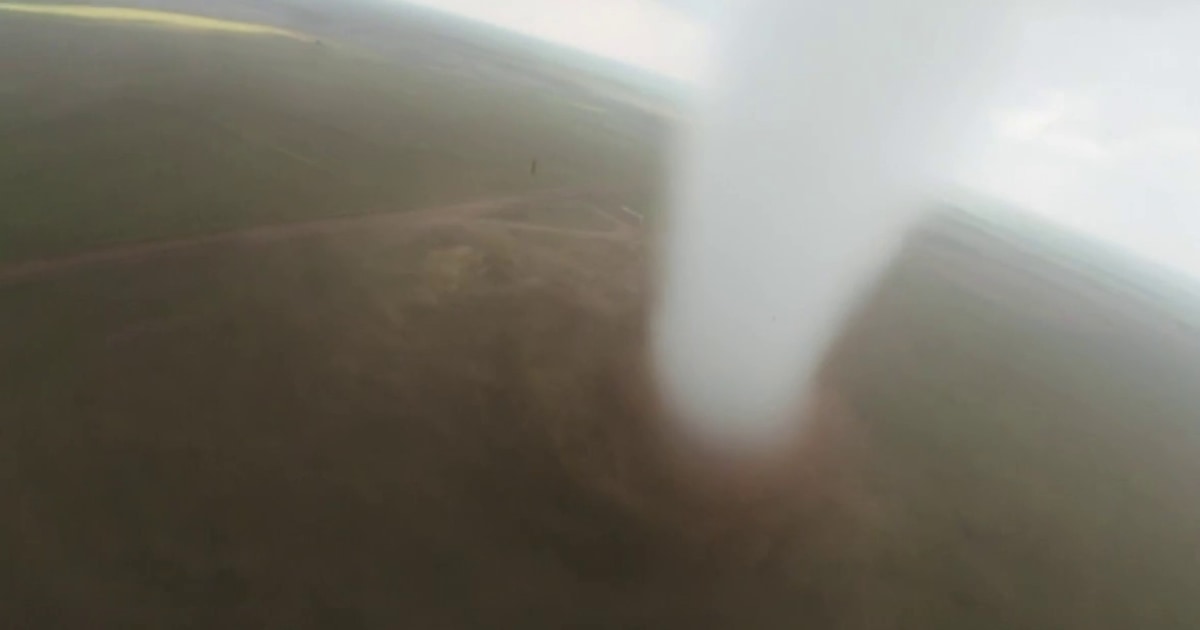How Drones Are Revolutionizing Tornado Interception in Oklahoma
In a bold leap for meteorology, researchers in Oklahoma are deploying cutting-edge drones to intercept and study tornadoes up close. This pioneering initiative, spearheaded by the University of Oklahoma and NOAA, aims to capture real-time data from inside tornadoes, revolutionizing forecasting accuracy and public safety. The drones, equipped with advanced sensors, brave extreme winds to provide unprecedented insights into these deadly storms.
The Science Behind Drone Interception
Traditional tornado research relied on ground-based radar and storm chasers, often risking lives. Now, custom-built drones like the Tornado Intercept Vehicle (TIV) 2.0 fly directly into tornado paths, transmitting pressure, temperature, and wind speed data. A 2023 study by the American Meteorological Society found drone-collected data improved tornado prediction models by 40% compared to satellite imagery alone.
“Drones allow us to measure a tornado’s structure at altitudes previously inaccessible,” explains Dr. Emily Sutton, lead meteorologist at NOAA’s National Severe Storms Laboratory. “This data is like gold dust for understanding how tornadoes intensify.”
Enhancing Safety and Saving Lives
Oklahoma, part of Tornado Alley, averages 62 tornadoes annually. Early warnings are critical: the National Weather Service reports a 15-minute lead time can reduce fatalities by 50%. Drones provide real-time updates, helping authorities issue faster, more precise alerts. For instance, during May 2024’s outbreak, drone footage detected a sudden wind shift in Newcastle, prompting evacuations that saved dozens.
- Faster Response: Drones cut data delay from 20 minutes to under 5.
- Cost-Effective: Operating drones costs 60% less than manned aircraft missions.
- Risk Reduction: No human storm chasers enter danger zones.
Challenges and Ethical Considerations
Despite breakthroughs, challenges persist. Federal Aviation Administration (FAA) regulations limit drone flights during severe weather. Some critics, like privacy advocate Mark Reynolds, argue: “While the science is sound, we must ensure these drones don’t compromise civilian privacy or airspace safety.”
Researchers counter that drones operate in restricted zones and transmit encrypted data. “We prioritize ethical guidelines,” asserts University of Oklahoma’s Dr. Alan Peck. “Every flight is coordinated with the FAA and local agencies.”
Future Outlook: Scaling the Technology
Plans are underway to expand Oklahoma’s drone fleet to 50 units by 2025, with AI integration to analyze data instantly. The U.S. Department of Energy is funding a $12 million project to test long-range drones capable of tracking tornadoes for hours. Meanwhile, Texas and Kansas are piloting similar programs.
As climate change increases tornado frequency, such innovations could redefine disaster preparedness. For residents in Tornado Alley, these flying sentinels offer more than data—they offer hope.
Want to support tornado research? Donate to the University of Oklahoma’s Severe Weather Institute today.
See more Your Daily Weather



